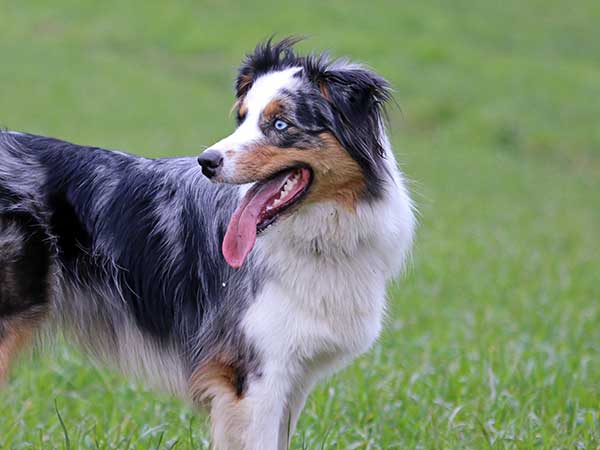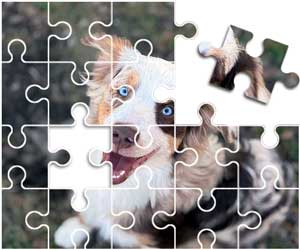
Cushing's Disease In Dogs Is Difficult To Diagnose And Potentially Dangerous
Cushing's disease in dogs can be difficult to diagnose as many of the symptoms of this disorder mimic those of other conditions. Despite this fact, it is extremely important that your dog is diagnosed so that your vet can recommend a proper course of treatment. If left untreated, Cushing's can lead to serious, potentially dangerous, symptoms so the sooner you can get your pet treated the better.
The endocrine system is a series of glands that produce and secrete hormones, including cortisol. Cortisol is essential for helping the body cope with stress and maintaining proper immune system function. When too much cortisol is produced, however, this can cause a great deal of damage to the body. The excessive production of cortisol is known as hyperadrenocorticism or Cushing's Disease (while hypoadrenocorticism is known as Addison's Disease.
Cushing's disease can occur when a dog is given corticosteroid medications such as prednisone, which is frequently prescribed to treat allergies, immune disorders, and other ailments. Most often, however, Cushing's disease in dogs is the result of a tumor on either the pituitary gland or the adrenal gland. The greater majority of Cushing's cases stem from pituitary tumors, which are most often benign, though in a small number of cases they may be malignant. Tumors in the adrenal gland have a 50/50 chance of being malignant.

Eileen Kumpf / stock.adobe.com
There are a number of common symptoms of Cushing's, all of which may not present in every case and many of which can also indicate other diseases, making diagnosis difficult. These symptoms include: increased thirst and urination, increased hunger, increased panting, pot-bellied abdomen, obesity, fat pads on the neck and shoulders, loss of hair, lack of energy, inability to sleep, muscle weakness, darkening of skin, thin skin, bruising, and neurologic abnormalities such as circling, behavioral changes, and seizures.
If your dog experiences any of these symptoms you should take him to the vet for a thorough exam. If your vet suspects Cushing's disease in dogs, he will then run a series of tests to confirm the diagnosis. These can include:
- a urine cortisol/creatinine ratio,
- a low-dose dexamethasone suppression (LDDS) test,
- an abdominal ultrasound may also be necessary to aid in diagnosis.
While not necessarily conclusive, the results of these tests can help to point your vet in the right direction.
After A Diagnosis Of Cushing's Disease In Dogs Has Been Made
Once a positive diagnosis has been made, treatment is usually pretty straightforward and will depend on the underlying cause. If the use of corticosteroid medications is the cause, they should be discontinued gradually under a vet's care.
Dogs with mild symptoms associated with pituitary based Cushing's may not need treatment right away but may eventually require the use of medications such as mitotane or trilostane to stem symptoms. These medications will have to be taken for the rest of the dog's life. For cases caused by adrenal tumors, provided the tumor has not metastasized, trilostane can be administered to reduce it in size until it can be surgically removed.
Though Cushing's disease in dogs can be troubling, it is relatively rare in Australian Shepherds. If you do suspect that your dog may have the disorder, a thorough vet's exam and diagnosis is the first step to take. Your vet will then be able to recommend the proper course of treatment so that you can do what's best for your pet.
For more information about Australian Shepherd health issues see the Australian Shepherd Health & Genetics Institute (ASHGI).
Have Dog Training Questions?
Check out these introductory dog training videos...
I want my dog to stop being aggressive.
I want some help training my new puppy.
I want my dog to stop barking at everything.
Get Australian Shepherd Info, Website Updates, Special Offers, and Cartoons...
FREE GIFT
You'll also receive a free copy of the ebook
My Everyday Dog Training Tools
by professional dog trainer Daniel Abdelnoor, "Doggy Dan"









